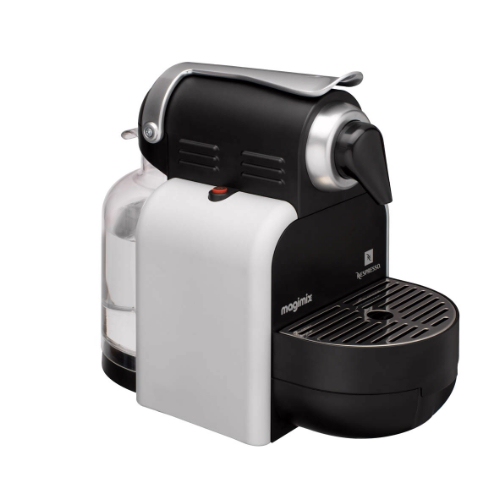(extract from daringtochange.wordpress.com)....I’ve just made a short comment about the thread on Design Sojourn on the topic : Dieter Rams and his 10 Design Commandments and thought that there were other qualities needed to good design, or indeed to a good life since good design value-adds life.
– guts : the courage to change - change on what is really needed in life that doesn’t encourage waste in either unnecessary spending or over buying of certain products.
– discerning critic: the wisdom and intelligence that will enable one to differentiate what is right or wrong by observation and not by what you hear. I think its important for design decisions. Or in any way, making good answers on how life should be live by design.
In reality a lot of issues are thwarted for the sheer desire to make either fame or/and money. If we could all genuinely be honest about keeping this earth sustainable, which really means that we need to look at not only products but also our own quality of thinking as well as the ethical part of our characters; to ensure that this habitat of ours isn’t going to be finished beacuse of our stupidity. Hence being honest to both ourselves and to our living environment is extremely important. It would really not be worth it in the long term to cheat and to deceive what is the natures laws of good living. But there is also another crucial fact that the human civilisation, since the begining of time, has never really fully chosen the path to be just simple and kind… so what should we make of it ? Would this current economic and environment disaster wake all of us up in time ? If it does, its probably a ‘good disaster’ for all to learn…

image from: blog.igloo.com.au/?p=86
Dieter Rams’ 10 Design Commandments
1. Good Design is innovative
It does not copy existing product forms, nor does it produce any kind of novelty for the sake of it. The essence of innovation must be clearly seen in all functions of a product. The possibilities in this respect are by no means exhausted. Technological development keeps offering new chances for innovative solutions.
2. Good Design makes a product useful
A product is bought in order to be used. It must serve a defined purpose – in both primary and additional functions. The most important task of design is to optimise the utility of a product.
3. Good Design is aesthetic
The aesthetic quality of a product – and the fascination it inspires – is an integral part of the its utility. Without doubt, it is uncomfortable and tiring to have to put up with products that are confusing, that get on your nerves, that you are unable to relate to. However, it has always been a hard task to argue about aesthetic quality, for two reasons.
Firstly, it is difficult to talk about anything visual, since words have a different meaning for different people.
Secondly, aesthetic quality deals with details, subtle shades, harmony and the equilibrium of a whole variety of visual elements. A good eye is required, schooled by years and years of experience, in order to be able to draw the right conclusion.
4. Good Design helps a product be understood
It clarifies the structure of the product. Better still, it can make the product talk. At best, it is self-explanatory and saves you the long, tedious perusal of the operating manual.
5. Good Design is unobtrusive
Products that satisfy this criterion are tools. They are neither decorative objects nor works of art. Their design should therefore be both neutral and restrained leaving room for the user’s self-expression.
6. Good Design is honest
An honestly-designed product must not claim features it does not have – being more innovative, more efficient, of higher value. It must not influence or manipulate buyers and users.
7. Good Design is durable
It is nothing trendy that might be out-of-date tomorrow. This is one of the major differences between well-designed products and trivial objects for a waste-producing society. Waste must no longer be tolerated.
8. Good Design is thorough to the last detail
Thoroughness and accuracy of design are synonymous with the product and its functions, as seen through the eyes of the user
9. Good Design is concerned with environment
Design must contribute towards a stable environment and a sensible use of raw materials. This means considering not only actual pollution, but also the visual pollution and destruction of our environment.
10. Good Design is as little design as possible
Back to purity, back to simplicity.
requoted off Design Sojourn.com










 160 Artstories - New Generation Of Paintings, Drawings and Murals (CLUSTER)
160 Artstories - New Generation Of Paintings, Drawings and Murals (CLUSTER)











